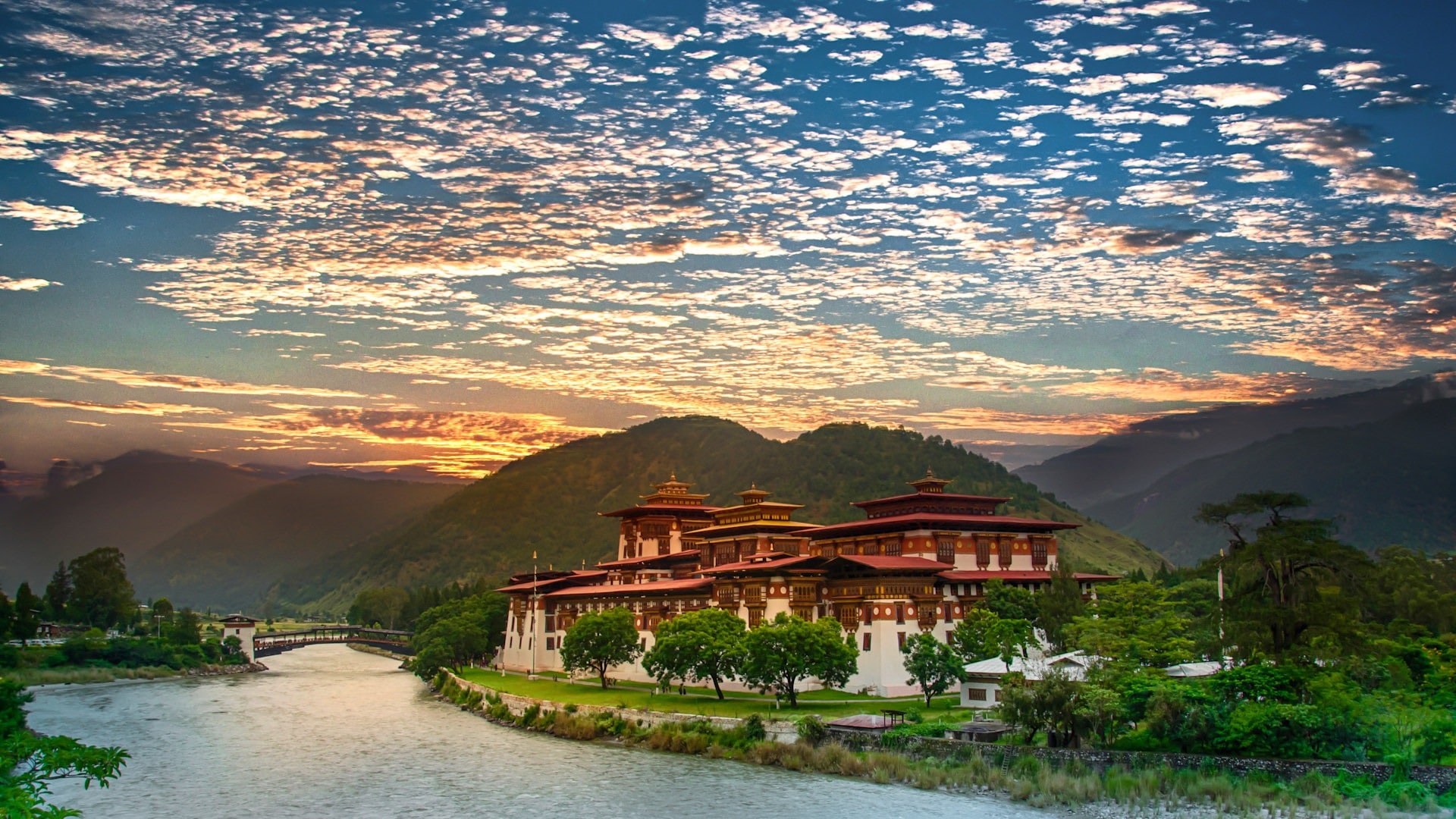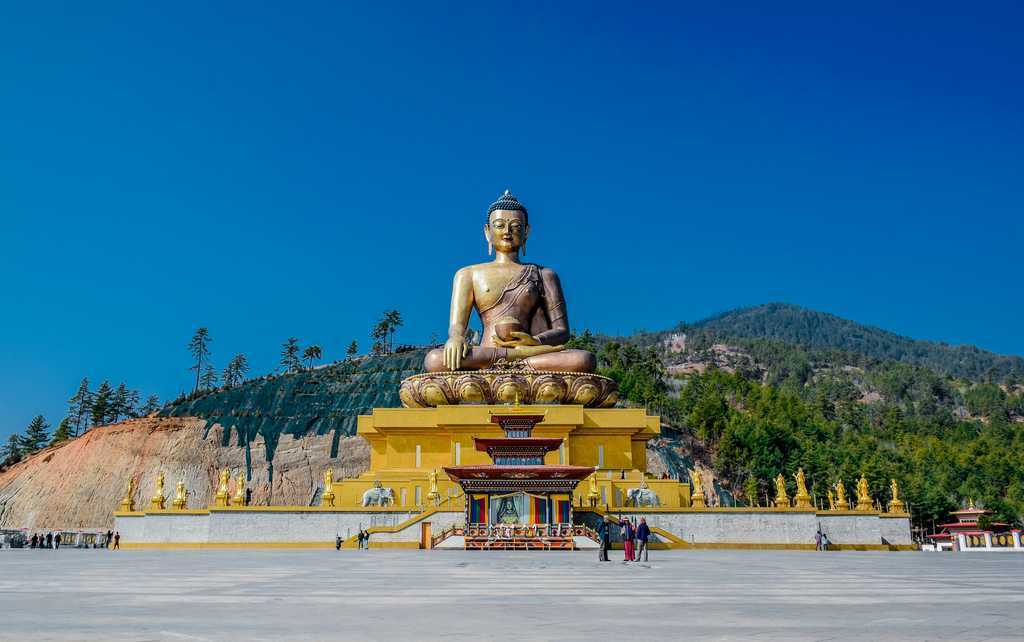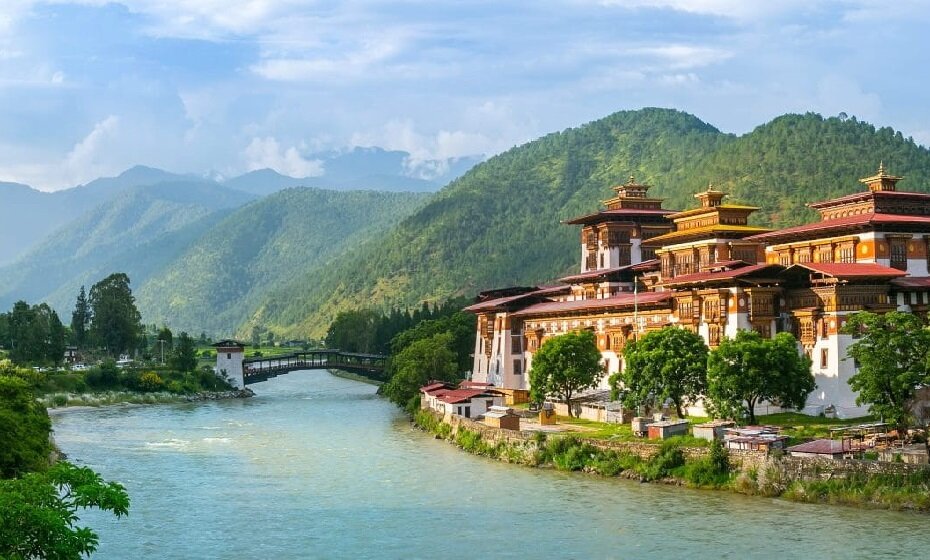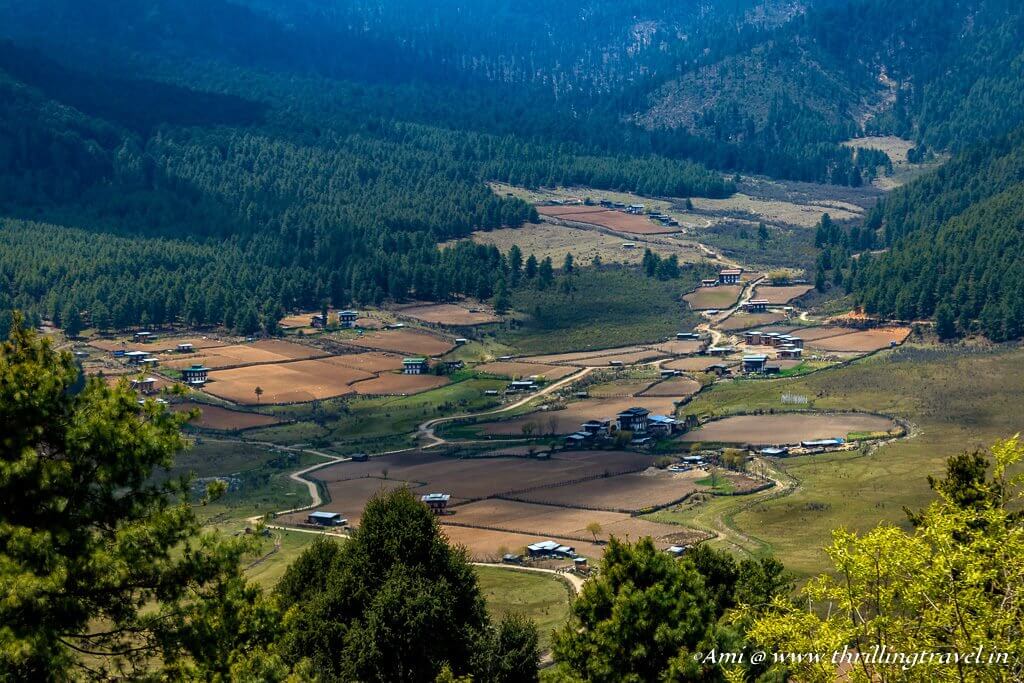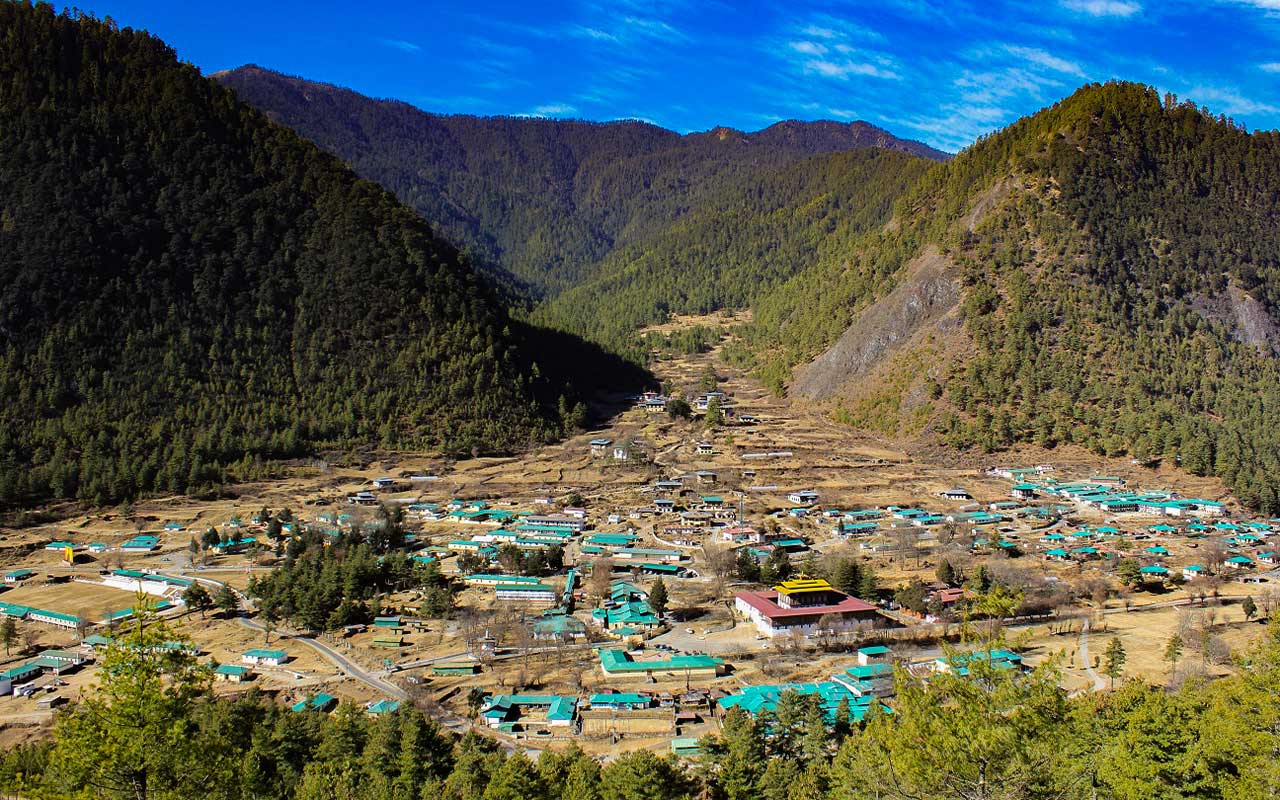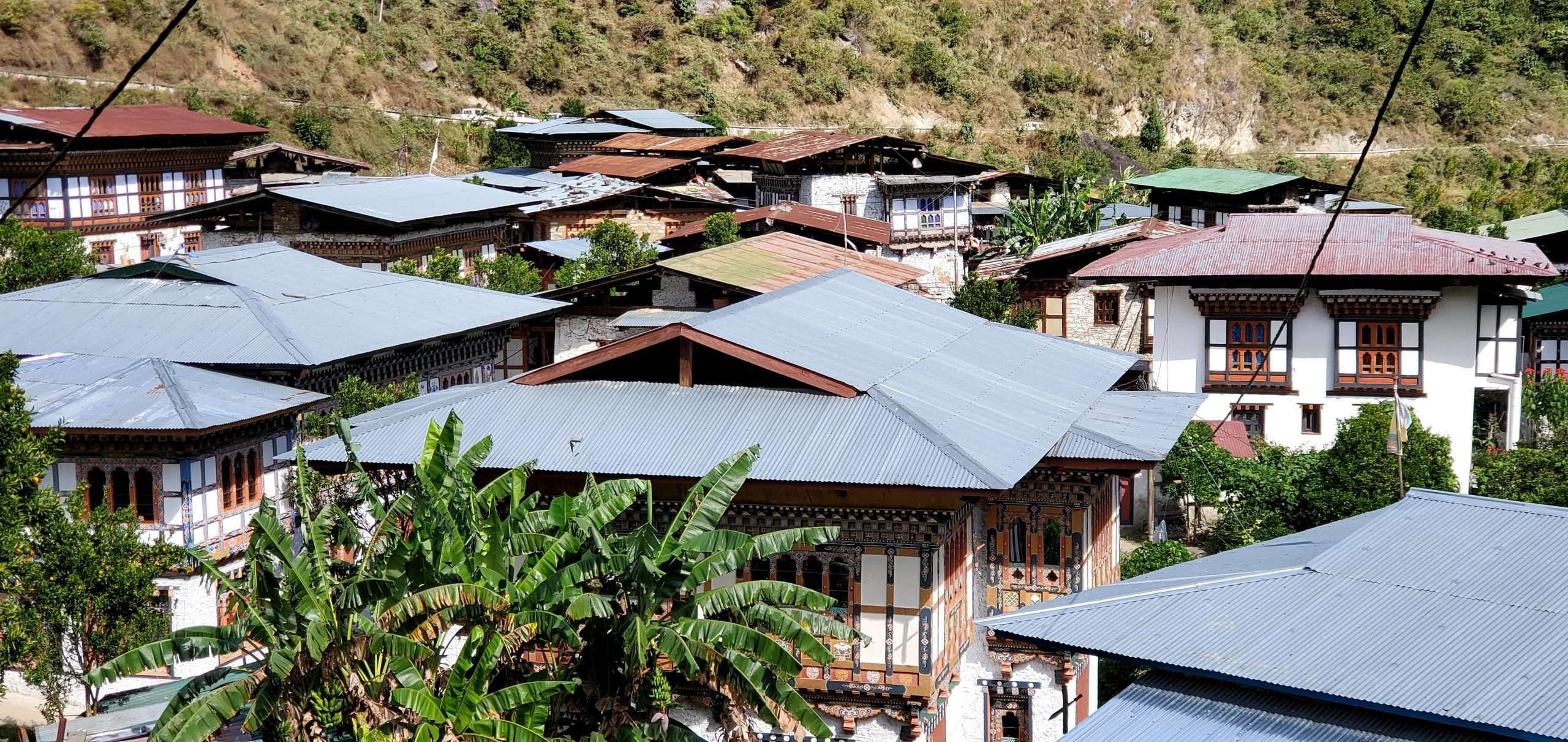Trongsa Sightseeing Places
Trongsa, located in the central region of Bhutan, is a historic town that offers a fascinating blend of cultural significance and natural beauty. Situated on a strategic hilltop, the town is known for its spectacular views, ancient architecture, and its importance as a historical and political center in Bhutan. It is often referred to as the "heart of Bhutan" due to its pivotal role in the country's history.
The most prominent attraction in Trongsa is the Trongsa Dzong, a massive fortress that dominat ...
es the town's skyline. Built in the 17th century, this dzong is one of the largest and most impressive in Bhutan, both in terms of its size and historical significance. It served as the seat of the governor of central Bhutan and played a crucial role in the unification of the country. The dzong features a series of courtyards, temples, and administrative buildings, all beautifully adorned with traditional Bhutanese architecture. Visitors can explore its fascinating history through the Trongsa Museum, housed within the dzong. The museum offers insights into Bhutan’s monarchy, royal history, and the importance of the dzong in the country’s political structure.
Another must-visit site in Trongsa is the Ta Dzong, a circular watchtower built in the 17th century. It was initially used for defensive purposes but now houses an excellent museum that provides more information about the region’s history, culture, and the role of the Wangchuck dynasty. The Ta Dzong also offers panoramic views of the surrounding valley, making it a great spot for photography.
For nature lovers, Trongsa is surrounded by breathtaking landscapes, including dense forests, rivers, and hiking trails. The town is a gateway to the Bumthang Valley, and travelers can enjoy trekking, birdwatching, and exploring the pristine natural surroundings. The region is also home to several monasteries, such as the Chendebji Chorten, which is a stupa built in the 19th century to ward off evil spirits.
Trongsa offers a peaceful atmosphere, rich cultural heritage, and stunning natural beauty, making it a unique destination for travelers wanting to delve deeper into Bhutan’s history and culture.
Quick Navigation
1. Trongsa Dzong
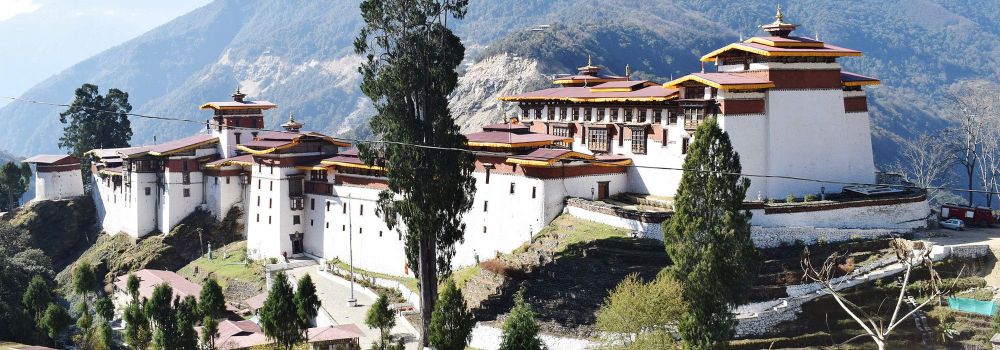 ( Trongsa Dzong is the most visited sightseeing place in bhutan and mostly tourists must visit here )
( Trongsa Dzong is the most visited sightseeing place in bhutan and mostly tourists must visit here )
Trongsa Dzong Sightseeing
Trongsa Dzong, the largest fortress in Bhutan, is a significant historical and architectural landmark that sits majestically on a ridge overlooking the Mangde Chhu River. Built in 1644 by Chogyal Minjur Tenpa, the first governor of Trongsa, under the orders of Zhabdrung Ngawang Namgyal, the dzong played a crucial role in Bhutan's unification.
It served as the ancestral seat of Bhutan’s royal family, and traditionally, before ascending the throne, Bhutan’s kings must first serve as the Trongsa Penlop (governor).The dzong's strategic location in central Bhutan made it an essential administrative and defensive stronghold. Its towering whitewashed walls, intricate woodwork, and golden rooftops stand in stark contrast to the green valleys below, creating a breathtaking view. Inside, visitors can explore numerous courtyards, temples, and passageways that tell stories of Bhutan’s past.
2. Ta Dzong Trongsa Museum
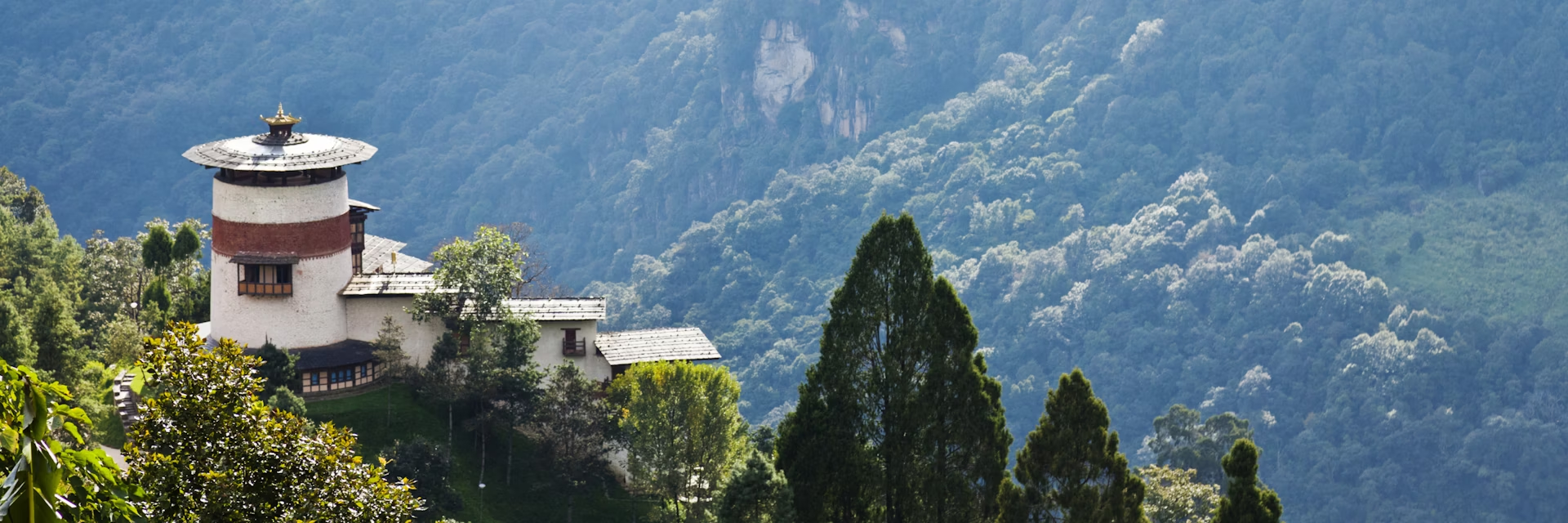 ( Ta Dzong Trongsa Museum is the most visited sightseeing place in bhutan and mostly tourists must visit here )
( Ta Dzong Trongsa Museum is the most visited sightseeing place in bhutan and mostly tourists must visit here )
Ta Dzong (Trongsa Museum) Sightseeing
Perched above Trongsa Dzong, Ta Dzong was originally built as a watchtower to guard against invasions. It has now been converted into the Royal Heritage Museum, offering a deep dive into Bhutanese history, particularly the legacy of the Wangchuck dynasty. The museum showcases an extensive collection of artifacts, including ancient weapons, religious relics, textiles, and royal memorabilia.
One of the most fascinating exhibits in the museum is the Raven Crown, worn by Bhutan’s first king, Ugyen Wangchuck. The crown symbolizes Bhutanese sovereignty and the unity of the nation. The museum also features thangkas (Buddhist paintings), armor, and traditional Bhutanese attire worn by past rulers.
3. Kuenga Rabten Palace
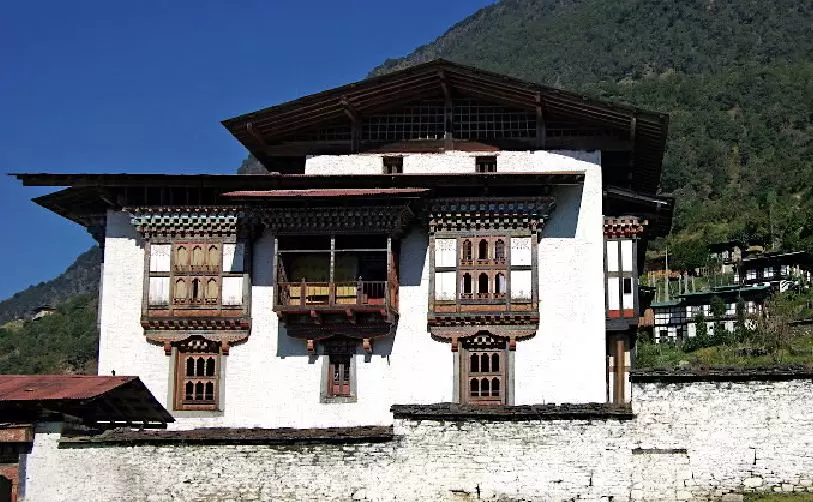 ( Kuenga Rabten Palace is the most visited sightseeing place in bhutan and mostly tourists must visit here )
( Kuenga Rabten Palace is the most visited sightseeing place in bhutan and mostly tourists must visit here )
Kuenga Rabten Palace Sightseeing
Kuenga Rabten Palace, located about 23 kilometers from Trongsa, was once a winter residence for Bhutan’s second king, Jigme Wangchuck. This beautiful palace, set against a backdrop of rolling hills and rice fields, provides insight into Bhutan’s royal history and the lifestyle of its past monarchs.
The palace is a two-story structure featuring intricately painted walls, wooden balconies, and spacious rooms that were once occupied by the royal family. Inside, visitors can explore well-preserved artifacts, including furniture, textiles, and religious relics that reflect Bhutan’s traditional architecture and craftsmanship.
4. Chendebji Chorten
 ( Chendebji Chorten is the most visited sightseeing place in bhutan and mostly tourists must visit here )
( Chendebji Chorten is the most visited sightseeing place in bhutan and mostly tourists must visit here )
Chendebji Chorten Sightseeing
Chendebji Chorten is a sacred Buddhist stupa located along the Trongsa–Punakha highway, about 41 kilometers from Trongsa. Built in the 18th century by Lama Zhida, the chorten closely resembles Nepal’s famous Boudhanath Stupa, featuring a large white dome adorned with all-seeing eyes of the Buddha.
According to legend, the chorten was constructed to subdue a malevolent demon that terrorized the region. Today, it serves as a pilgrimage site for Bhutanese Buddhists and a place of meditation for monks and devotees. The chorten is surrounded by prayer wheels, and the sound of fluttering prayer flags adds to its peaceful atmosphere.
5. Nabji and Korphu Villages
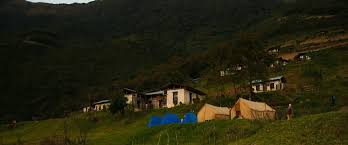 ( Nabji and Korphu Villages is the most visited sightseeing place in bhutan and mostly tourists must visit here )
( Nabji and Korphu Villages is the most visited sightseeing place in bhutan and mostly tourists must visit here )
Nabji and Korphu Villages Sightseeing
For those interested in Bhutan’s rural life and eco-tourism, Nabji and Korphu villages, located in the Jigme Singye Wangchuck National Park, offer a unique cultural experience. These traditional Bhutanese villages provide an opportunity to interact with local communities, learn about their customs, and experience their way of life.
Nabji Village is known for the Nabji Lhakhang, a sacred temple built in the 8th century by Guru Rinpoche to commemorate peace between two warring kings. The temple is surrounded by lush forests and rice fields, offering a perfect blend of spirituality and nature.
6. Mangdue Foot Trail
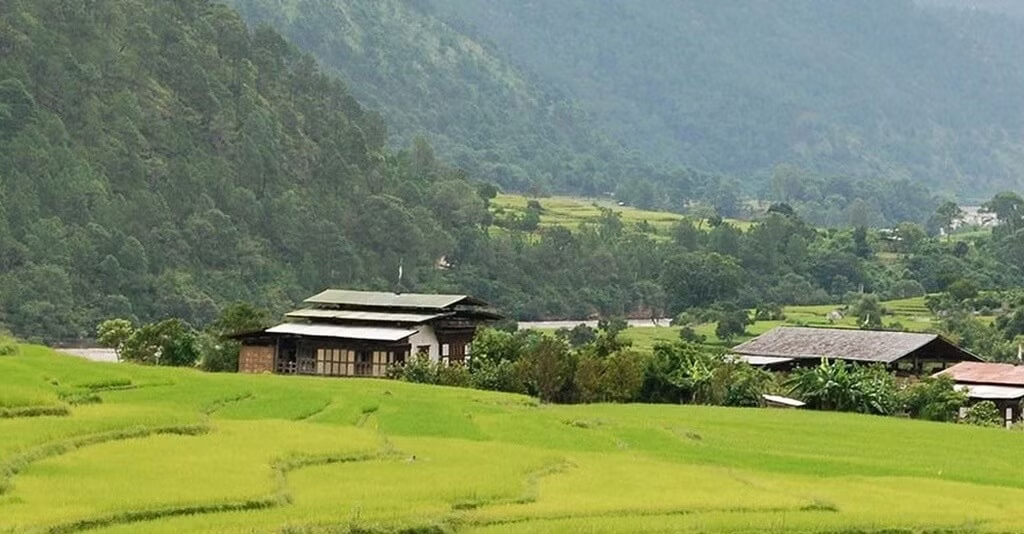 ( Mangdue Foot Trail is the most visited sightseeing place in bhutan and mostly tourists must visit here )
( Mangdue Foot Trail is the most visited sightseeing place in bhutan and mostly tourists must visit here )
Mangdue Foot Trail
The Mangdue Foot Trail is a historic trekking route that once served as the primary path connecting central and eastern Bhutan. Today, it is a scenic hiking trail that offers breathtaking views of Trongsa Dzong, the Mangde Chhu River, and the surrounding valleys.
Hiking along this trail gives visitors a glimpse into Bhutan’s past, when travelers, traders, and monks used this route to journey between different regions of the country. The trail winds through forests of pine and oak, crossing traditional wooden bridges and small villages where locals still follow age-old traditions.
Categories

Request a call back
Our experts would love to create a package just for you!







